The women leading the world’s COVID-19 responses
While women remain vastly underrepresented in politics and account for a mere 7% of world leaders, the past week has seen wide recognition that a disproportionate number of the countries that have been most successful in containing COVID-19 have female leaders. We take a closer look at these women and why their responses have been so successful.

Taiwanese president Tsai Ing-Wen answers the media during a visit to a non woven filter fabric factory, where the fabric is used to make surgical face masks, in Taoyuan, Taiwan, March 30, 2020. REUTERS/Ann Wang
While women remain vastly underrepresented in politics and account for a mere 7% of world leaders, the past week has seen wide recognition that a disproportionate number of the countries that have been most successful in containing COVID-19 have female leaders (see Leta Hong-Fincher’s piece on CNN).
We take a closer look at these women and why their responses have been so successful.
Tsai Ing-wen, Taiwan
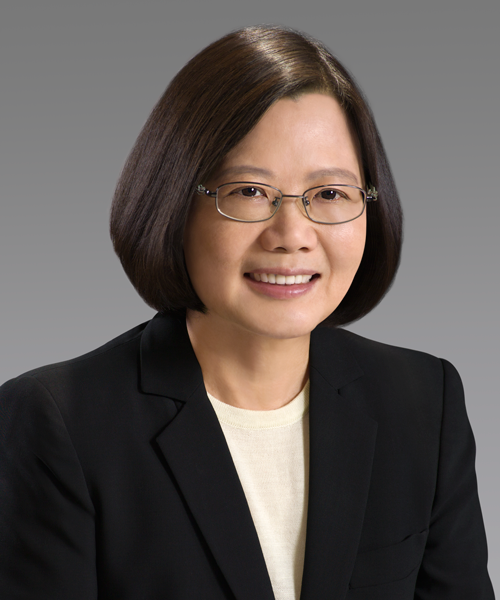 Prior to joining Taiwan’s Democratic Progressive Party in 2004, Tsai (蔡英文 Cài Yīngwén), who has a PhD in Law from the London School of Economics and Political Science, worked as an economic trade negotiator and as an advisor to Taiwan’s Mainland Affairs Council.
Prior to joining Taiwan’s Democratic Progressive Party in 2004, Tsai (蔡英文 Cài Yīngwén), who has a PhD in Law from the London School of Economics and Political Science, worked as an economic trade negotiator and as an advisor to Taiwan’s Mainland Affairs Council.
Taiwan’s success in containing the virus — its COVID-19 infections have slowed to a trickle before reaching 400, and for three days this week it recorded no new cases — has been largely attributed to Tsai’s decision to take action early on. When news of the virus first broke in late December, Tsai ordered all Wuhan arrivals to be inspected, and flights from the mainland, as well as Hong Kong and Macau were later restricted. Taiwan’s border has been effectively closed to foreign travelers since March 19 and the country quickly ramped up its production of personal protective equipment.
Jacinda Ardern, New Zealand
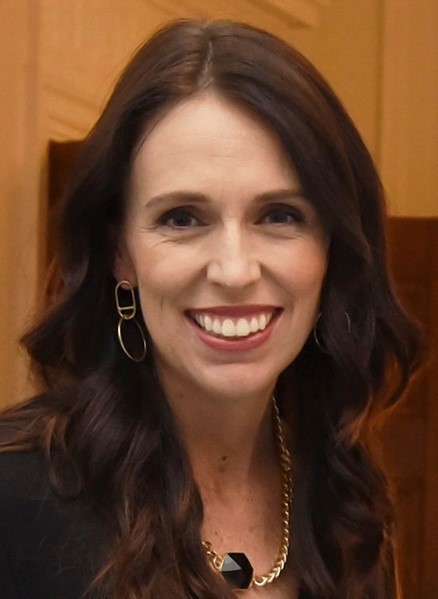 The 39-year old Labour Party leader, who has been a member of parliament since 2008, has made international headlines for becoming the first world leader to give birth while in office since 1990 and for her compassionate and decisive leadership following the attack on two Christchurch mosques in 2019.
The 39-year old Labour Party leader, who has been a member of parliament since 2008, has made international headlines for becoming the first world leader to give birth while in office since 1990 and for her compassionate and decisive leadership following the attack on two Christchurch mosques in 2019.
Back in mid-March when the number of COVID-19 cases in New Zealand was still well under 100, Ardern said New Zealand was “going to follow, pretty closely, the Taiwanese model,” and heavily restricted large public gatherings. Also like Taiwan, a travel ban has prevented foreigners from entering the country since March 19, and those citizens that do return must be kept in self-isolation for 14 days at a managed isolation facility. New Zealanders have been living under a strict lockdown since March 26 with the goal of eliminating the virus.
Angela Merkel, Germany
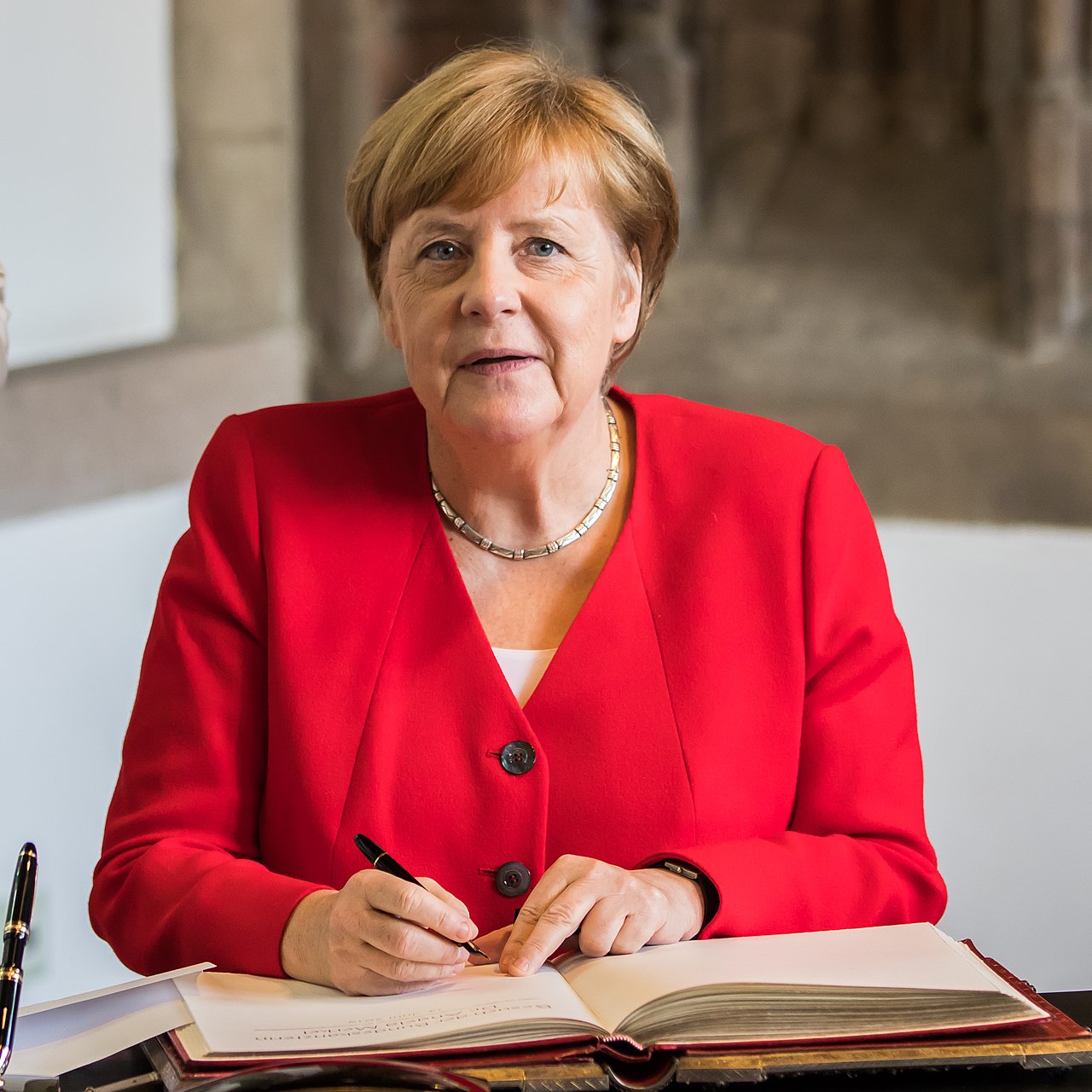
Angela Merkel became the first female Chancellor of Germany in 2005 and is now on her fourth term. In 1986, she completed her doctorate in quantum chemistry and entered politics three years later.
While Germany has reported over one hundred thousand cases, it has a strikingly low death rate. While experts have attributed this in large part to the high quality of Germany’s healthcare system, it has also been noted that the government took the virus seriously from early on, testing widely and ramping up ICU capacity. As the New York Times has noted, many also believe that Merkel’s ability to communicate clearly and calmly throughout the crisis has meant the public were quickly on board with the government’s instructions to take social distancing seriously.
Sanna Marin, Finland
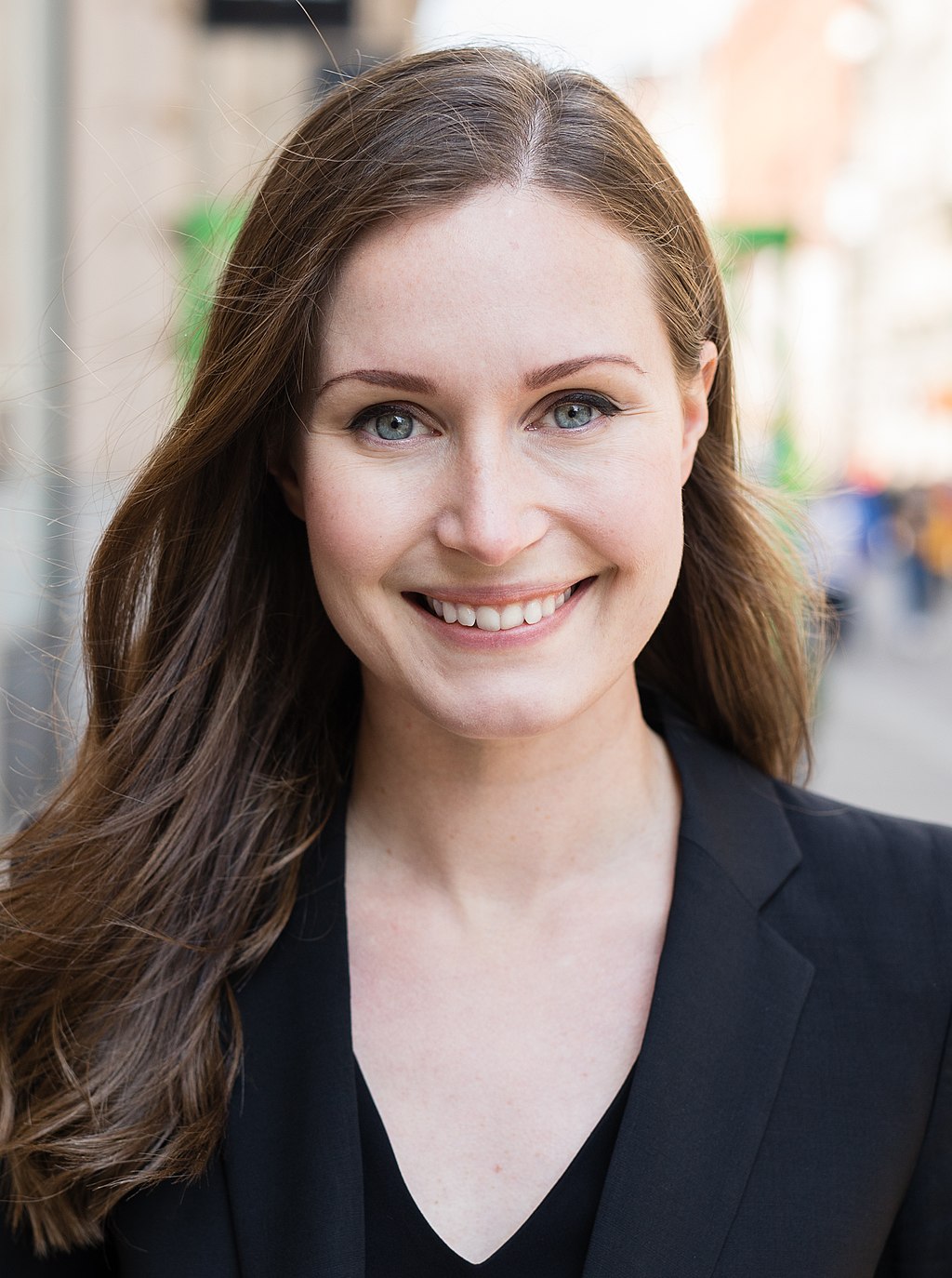 The 34-year old is currently the world’s youngest head of government and entered parliament in 2015. However, according to the New York Times, Marin was already known to the Finnish public from YouTube videos that captured her vibrant debates when she was leading the Tampere City Council from 2013 to 2017.
The 34-year old is currently the world’s youngest head of government and entered parliament in 2015. However, according to the New York Times, Marin was already known to the Finnish public from YouTube videos that captured her vibrant debates when she was leading the Tampere City Council from 2013 to 2017.
Like the countries mentioned above, Finland has also implemented travel restrictions, limiting the traffic that can cross its borders and enforcing social distancing by closing schools and banning any gathering of more than 10 people. Politico has also pointed out that Marin’s government has successfully tapped into social media influencers to broaden its ability to disseminate messages and instructions to the public. It probably also helps that Finland has been stockpiling protective gear since World War II.
Katrín Jakobsdóttir, Iceland
 Katrín Jakobsdóttir has been Prime Minister since late 2017. Prior to becoming the country’s leader, she held the ministerial portfolios for Education and Nordic Cooperation.
Katrín Jakobsdóttir has been Prime Minister since late 2017. Prior to becoming the country’s leader, she held the ministerial portfolios for Education and Nordic Cooperation.
While the country with a population shy of four hundred thousand has not gone into full lockdown — tourists are even still allowed to enter and aren’t required to self-isolate — social gatherings have been capped at 20 people. But like the above countries, Iceland acted decisively to carry out widespread testing early and has pursued thorough contact tracing, allowing suspected cases to be quarantined.
Silveria Jacobs, Sint Maarten
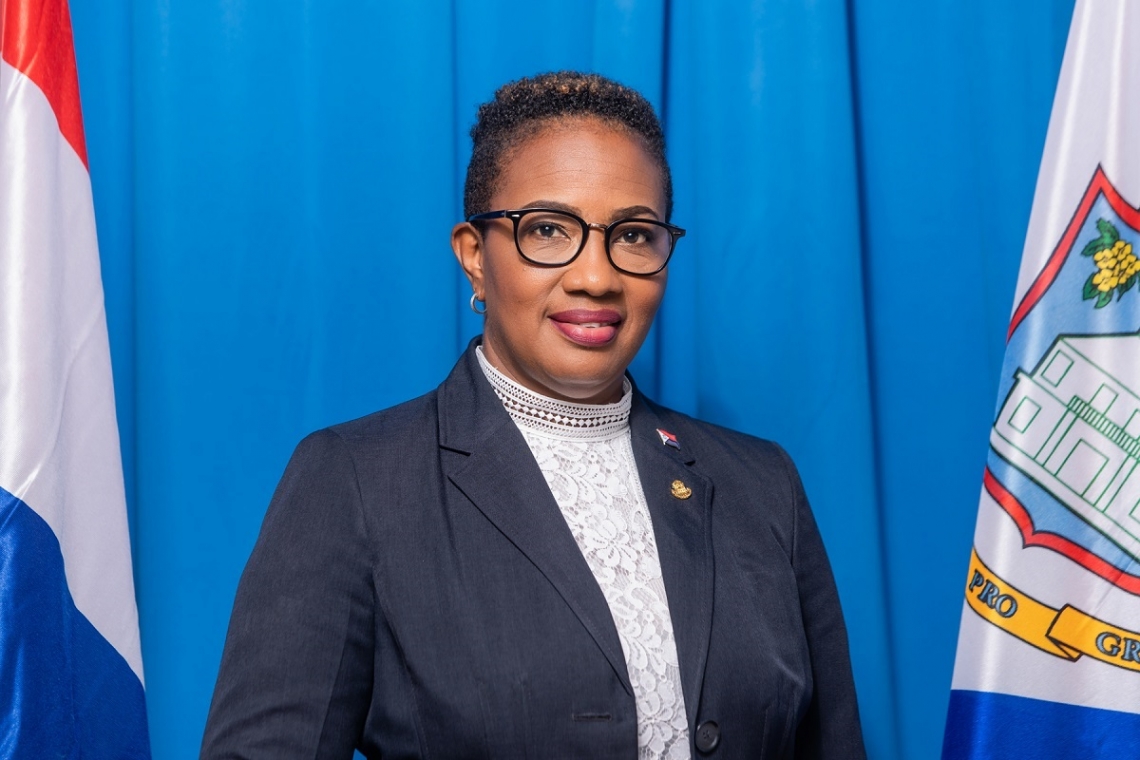 Prior to becoming Prime Minister late last year, Silveria Jacobs served as the Minister of Education, Culture, Youth and Sports Affairs.
Prior to becoming Prime Minister late last year, Silveria Jacobs served as the Minister of Education, Culture, Youth and Sports Affairs.
While the Caribbean’s Sint Maarten may only have a population of just over 41,000, Jacobs put the country into a strict lockdown from April 5. Like many of the other leaders on this list, social media users have been quick to note her clear style of communicating information and directives to Sint Maarten residents. A video of Jacobs ordering residents to “stop moving, simply stop moving” and bluntly warning them to suck it up if they don’t have appetizing food on hand recently went viral.





